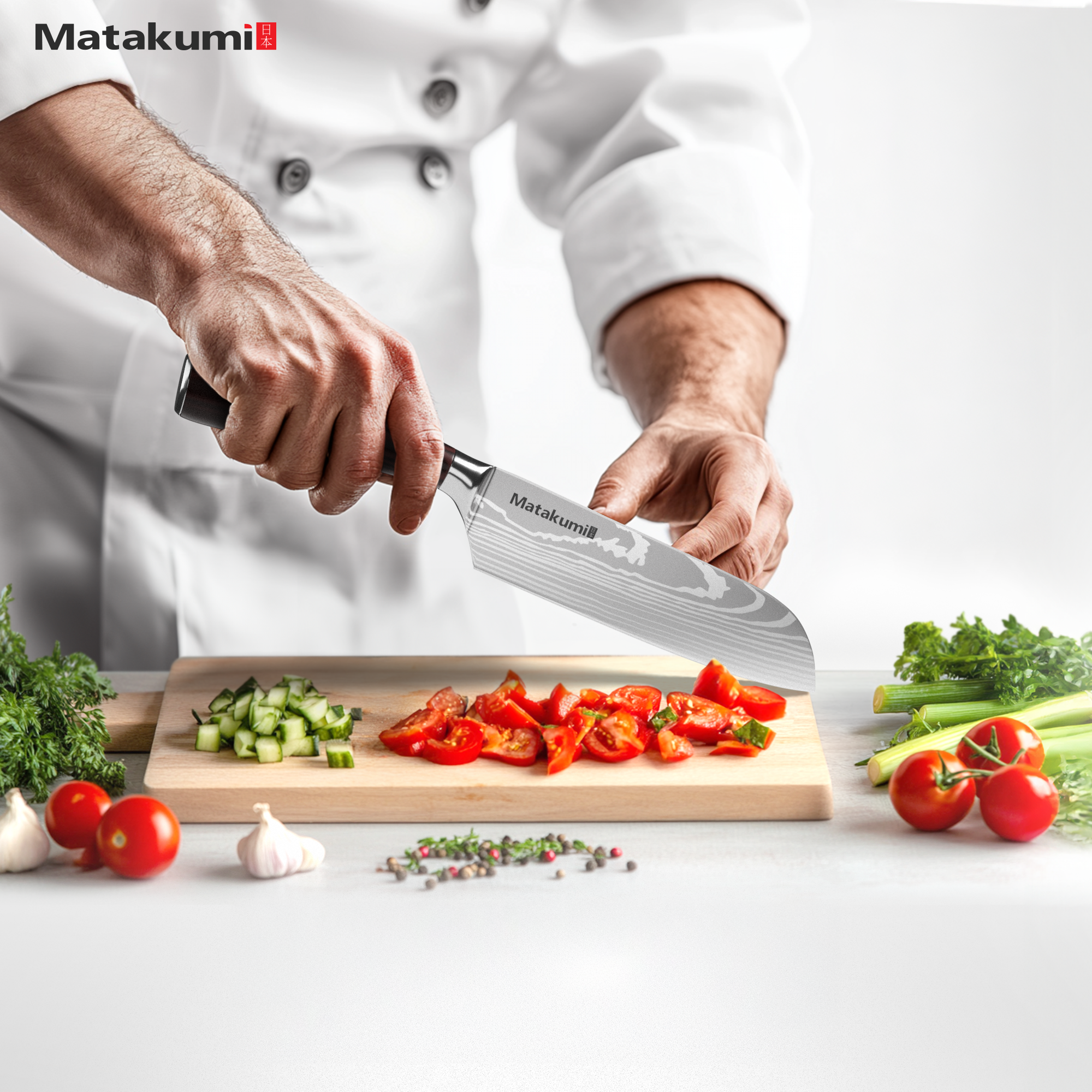10 Essential Knife Safety Tips for Home Chefs
As a home chef, it's crucial to prioritize safety when working with knives in the kitchen. Here are 10 essential knife safety tips to help you avoid accidents and improve your cutting techniques:
1. Keep Your Knives Sharp
Sharp knives are safer than dull ones. A sharp knife requires less force to cut through food, reducing the risk of slips and accidents. Regularly sharpen your knives to maintain their sharpness.
2. Use the Right Knife for the Task
Each knife is designed for specific tasks. Use a chef's knife for chopping and slicing, a paring knife for intricate cutting, and a serrated knife for bread. Using the right knife will make your cutting more efficient and safer.
3. Curl Your Fingers
When holding food to be cut, curl your fingers under and use your knuckles as a guide for the knife. This technique helps protect your fingertips from accidental cuts.
4. Pay Attention While Cutting
Distractions can lead to accidents. Focus on the task at hand when using a knife. Avoid multitasking and keep your eyes on the knife and the food you are cutting.
5. Always Cut Away from Your Body
When cutting food, make sure to cut away from your body to prevent accidental cuts. This technique reduces the risk of the knife slipping towards you and causing injury.
6. Store Knives Safely
Store your knives in a knife block or on a magnetic strip to keep them safely out of reach. Avoid storing knives loosely in drawers where they can cause accidental cuts when reaching for other items.
7. Clean Knives Properly
After using a knife, wash it immediately with warm, soapy water and dry it thoroughly. This helps prevent rusting and keeps the blade sharp. Always store knives clean and dry.
8. Avoid Cutting on Unstable Surfaces
Always use a stable cutting board when cutting food. Avoid cutting on surfaces that are slippery or unstable, as this can lead to the knife slipping and causing accidents.
9. Pass Knives Handle First
When handing a knife to someone else, always pass it handle first. This ensures that the person receiving the knife can safely grasp the handle without the risk of accidental cuts.
10. Practice Proper Knife Skills
Take the time to learn and practice proper knife skills, such as the claw grip and the rock chop. These techniques not only improve your cutting efficiency but also help prevent accidents in the kitchen.
By following these 10 essential knife safety tips, you can enhance your kitchen skills while prioritizing safety. Remember, a safe chef is a happy chef!




